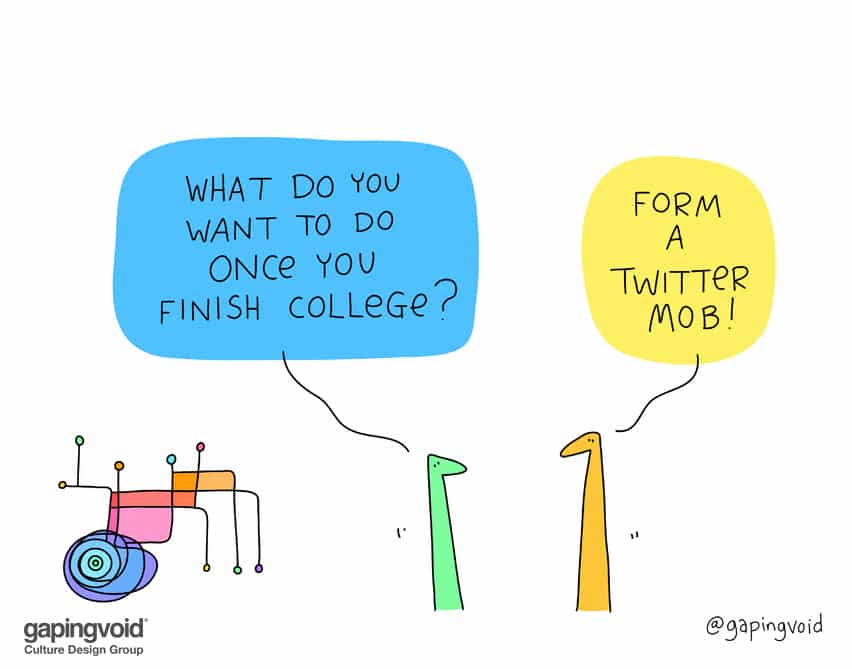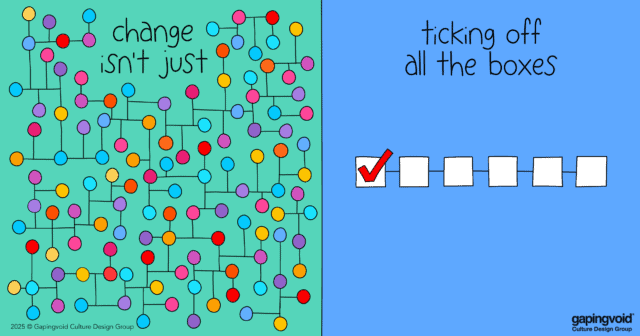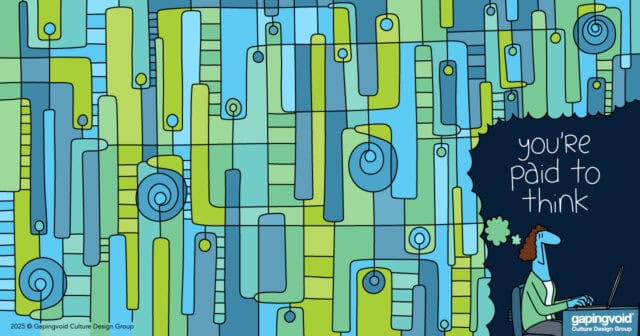
For people who follow these things, Twitter had ts legendary breakout moment at SXSW 2006.
That’s when the geeks embraced the platform en masse.
But for all its promise, it never quite got the mass usage down. Instead of being for everyone, it ended up being more for the audience-seeking crowd. Journalists, artists, celebrities, politicians, political activist, public intellectuals, pundits and whatnot. People who have and need audiences.
Joe and Jane Sixpack were happier playing over on Facebook. Not everybody needs (or wants) a megaphone. Some people just want to hang out with their (real) friends.
All this seems pretty obvious in hindsight, still, we Internet nerdy types still have trouble distinguishing Twitter from reality: Just because you and your friends sic’d a Twitter mob onto some fast food joint last week for some un-PC social slight, doesn’t mean business there actually went down.
As this article in Stanford Business explains, real change is actually a pretty complex business, and you need more than just to make a lot of noise online.
Like all things Internet, it’s too easy to confuse Twitter with that which you should be doing, that which really matters. Proceed with caution.



